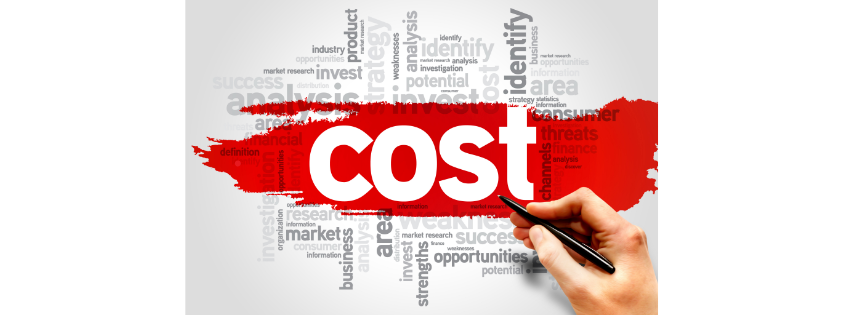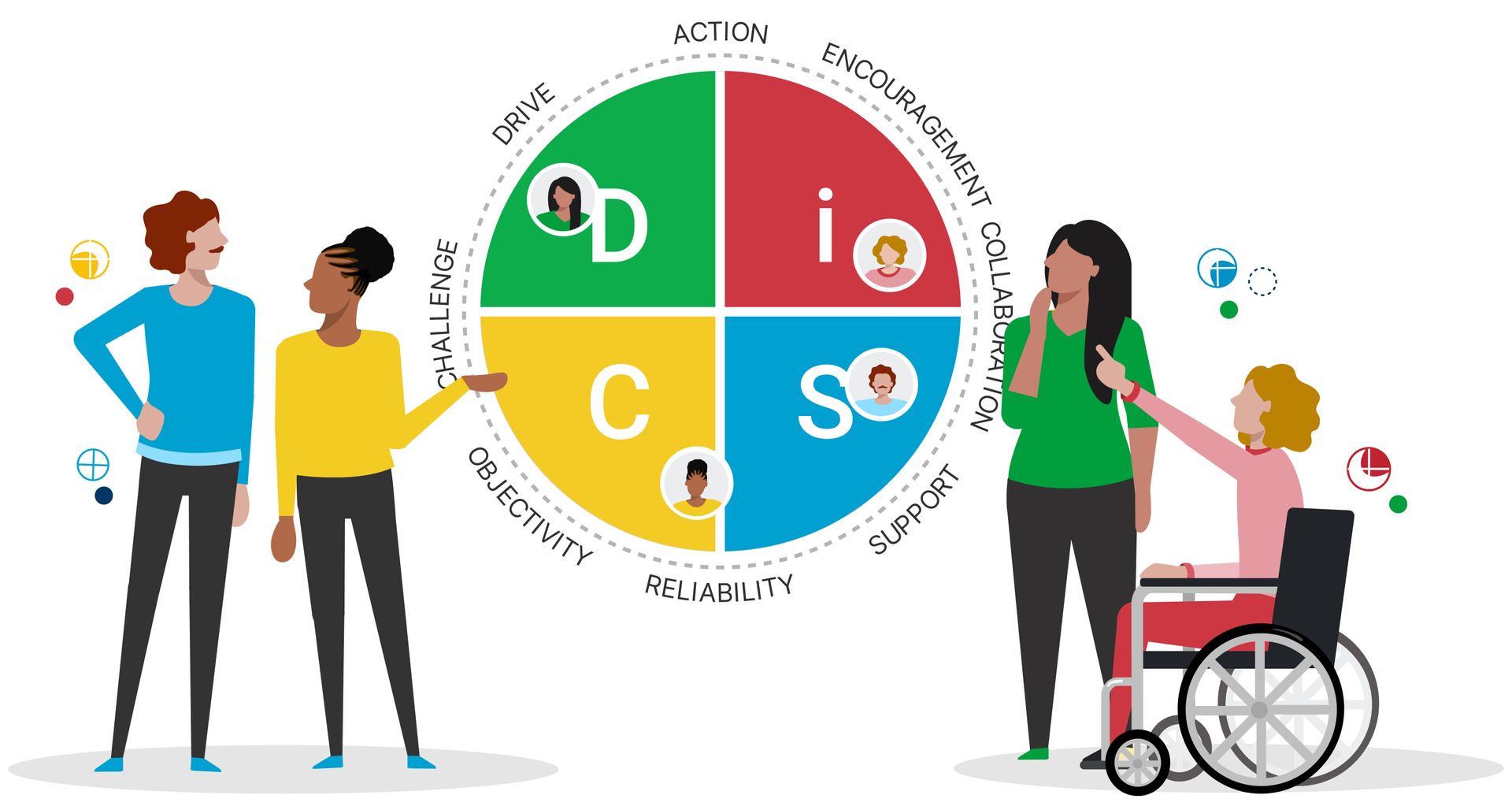By: Melissa Barlock
What are your Core Values?

Who are you? Unless we’re probed, it’s a question many of us go our whole lifetimes without ever really giving much thought to. Why would you? You spend so much time with yourself, after all. “Of course I know who I am,” you may say. It seems obvious and intuitive. When asked directly, however, the answer is not so clear and simple. Think about an interview you may have had when the interviewer asked you to tell them a little bit about yourself. If you described the things you like, your relationship ties, your experiences, and your achievements, then you were sharing information about your self-concept, or the thoughts and beliefs you have about yourself. This task probably wasn’t too difficult, and it may have helped to break the ice or enable the interviewer to ascertain some job-related facts about you, but you may have been left wondering what value, if any, the interviewer gleaned about your character. Now imagine or think of a time when you were asked why you want to become a dentist, for example. Though earning potential and family expectations may have contributed, you probably got the sense that this wasn’t really what was being asked of you. You understood that the other person was trying to determine your personality traits and the values that motivate you, and the answer wasn’t so easy. While we’re getting closer to the true meaning of who you are, this is still a little too specific. Perhaps a better question to ask is this: What’s most important to you? More specifically, what are your core values? Think about how much more powerful it would have been if you responded to the aforementioned interviewer with a response along these lines. In my last post I outlined why core values are important. Though I focused on the topic from the perspective of a business owner, your company core values are a subset of your personal core values, selected to be applicable to the business. As promised, below are some suggestions on how to choose your company core values. I’ve also included my own company core values to provide you with some specific examples.
Who to include:
The first step is deciding who to include in the process of defining the company core values. It’s important that they be authentic, and you know yourself better than anyone, so if you’re the owner-operator it’s essential that you’re integral to the process. In fact, you may choose to be the sole contributor, and that’s okay, as you may be responsible for running the day-to-day operations. However, you may want to consider enlisting the help of others, who have alternative perspectives and can provide insight and suggestions that you may have not yet considered. This could include people that know you well like close friends and family members, key employees who know the company culture, and even clients, who can impart information on what they value most, and therefore provide additional direction. Also consider asking other business professionals and key stakeholders who will be more directly involved in fostering the growth of the company.
Brainstorm using self-awareness:
Once you’ve come up with ideas, the real work is going to be determining what values are core to who you are. You want to discover what drives you, what’s going to give you the energy to go into work everyday and be your uncompromising best self, provide meaning, give direction, and set the tone of the company culture you imagine for the business. What do you value over profit? In order to do this you’re going to have to exercise self-awareness. Unlike your self-concept, self-awareness is more introspective and requires questioning your thoughts and assumptions to take a clear and honest look at your beliefs, motivations, personality traits, and other qualities. Many business leaders consider it to be the number one skill to being a good leader, and instrumental to success in both their personal and professional lives. It will also help you to determine what’s most important to you. To find your core values, begin by reflecting on your best and worst experiences. What situations inspired you? Which ones were off-putting? What did they have in common? Or think about a time that you met someone and you had that instant connection. What did it feel like? I bet it felt great; chances are you held the same values. On the other hand, if there was something you just didn’t like about that person, your core values probably weren’t in alignment, and that’s okay. People have different belief systems, and generally like people who are like them or who they want to be like. Think about the things that are central to who you are or who you’d like to be. Also consider your role models and what it is about them that attracts you. For their part, ask the people that know you well to tell you the things they like most, and least, about you. You’ll probably find that there is good consensus. You may also be surprised at some of the answers, and your emotional reactions are good clues as to your core values. For additional ideas, search for lists online and examine the core values of other companies, including those in the dental industry. Make your own list throughout the process, and spend some quality time reflecting on it.
Consolidate, refine, and define: your core values should be clear, concise, and specific.
They can be in the form of a word, phrase, sentence, or short paragraph. Once you’ve established a list you’re confident in, scrutinize it for any recurring themes; there should be no redundancy. Ensure that they are meaningful and authentic, things you will live up to and not be willing to compromise on. Additionally, frame them for the company according to the team culture you want to establish. They will be more effective if they are relatable and inspiring. Feel free to add personality and make them humorous using clever dental puns, for example. Be creative! They should also be things that employees can control. Profit, for example, may be in your mission statement, but it is not a good company core value. A positive attitude, on the other hand, is something one has control over that can indirectly lead to profit and success. Also, do your best to make them unique and memorable. That being said, try not to have too many. Having too few, however, won’t provide enough guidance. Three is a good minimum amount to have and ten is a good upper limit, though having more is okay if you feel they will add value. Once you’ve established them, substantiate your company core values by presenting them on your website, in formal documents, and even on posters to display around the workplace.
Create awareness and reinforce:
It’s one thing to have company core values, but it’s quite another to live by them. If your employees are barely aware of them or they aren’t represented in your company culture, they won’t be very useful. Worse, if they’re familiar with them but you’re not living by them, the hypocrisy can create resentment. For example, if you don’t believe in upselling clients unnecessary treatment plans, then don’t reprimand an employee for failing to do so. This is why it’s so crucial you choose them wisely. A thriving company culture built on a solid foundation of core values is responsible for the success of many businesses, so there may be a sense of obligation to have them, but company core values are not just for show. Create awareness first in employee interviews, and consider presenting them around the workplace. You may also want to have a training course on how to use the core values, or get employees involved by setting up a rewards program based on exemplary conduct. Another idea is to ask employees how you’re living up to the company core values. Perhaps the best thing you can do to reinforce the core values and inspire employees to follow them is to get to know your employees, and let them get to know you. People like and trust those that they know and communicate with. If they don’t know you personally, your employees likely won’t care much about your values and success. Above all, set an example, and provide evidence of your commitment to the company core values.
As a final word, know that your core values aren’t set in stone. As you learn and grow from mistakes and successes, your values may change and you may acquire new ones. However, as long as they’re principled they will bring success. Below are my company core values, which I use to guide myself personally and also when hiring for the Enspire team. Best of luck to you and all your endeavours!
ENSPIRE DENTAL OPPORTUNITY CORE VALUES
Teamwork
We are a collaborative organization who is open and encourages team projects and
creativity.
Energize
We choose every day to bring our A-game. No matter what.
Active Ownership
We are empowered to own our roles, our projects, and the clients we represent.
Integrity
We bring quality and honesty backed by strong moral principles with all of our relationships and with each and every interaction.
Win/Win
We strive for successful positive outcomes in every situation, transaction, and relationship.
Make it fun!
We celebrate together, and we celebrate often.
Enspire Dental Opportunities is looking forward to working with you.












